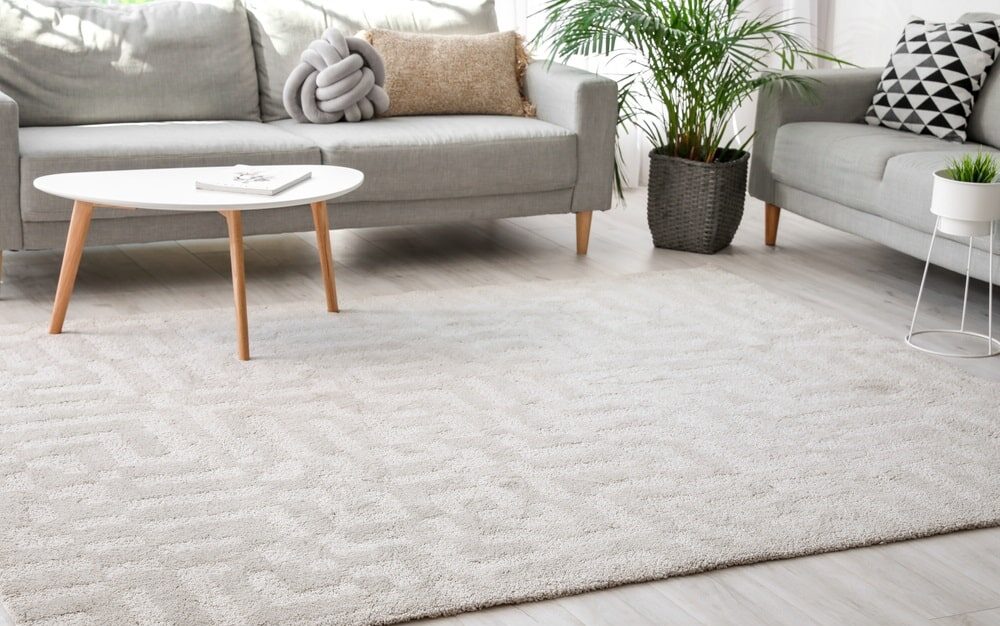
The charm and comfort of a well-maintained carpet can transform a house into a home. Carpets provide aesthetic appeal and a sense of warmth and acoustic insulation. However, the challenge remains to preserve their long-term beauty and function, especially in high-traffic areas. This is where carpet protectors play an important role. Often overlooked, these tools are essential to extending the life of your carpet, and ensuring that it remains a source of pride and comfort in your home for years to come By safeguarding against spills, stains, and wear, carpet protectors are the unsung heroes in carpet maintenance. This comprehensive guide delves into the world of carpet protectors, exploring their types, benefits, and application methods tailored specifically for homeowners.
Carpet protectors play a crucial role in home maintenance. These protectors serve as a shield, safeguarding your carpets against the rigours of everyday life. Their benefits are numerous:
Stain Resistance: They create a barrier preventing spills and stains from becoming permanent fixtures in your carpet, preserving its appearance.
Enhanced Durability: High traffic areas cause damage to carpets. Carpet protectors help evenly distribute foot traffic and reduce the impact on the fibres.
Ease of Cleaning: Protected carpets are easier to clean, preventing dirt and spills from penetrating deeply into the fibres.
Allergen Reduction: By keeping dust and allergens at the surface, these protectors contribute to a healthier living environment.
Cost-Effective Maintenance: The longevity of your carpet is significantly extended, reducing the need for frequent replacements and saving money in the long term.
Understanding the types of Carpet Protectors available is key to choosing the right one for your home. The options include:
Spray-On Protectors: These chemical treatments create an invisible shield over the carpet. They are ideal for general protection and especially useful for delicate or hard-to-reach areas.
Plastic Runners: People often lay clear or patterned physical barriers over carpets to protect them from direct wear and tear. Perfect for hallways and entryways.
Foam Pads: Placed beneath area rugs or carpets, these pads add an extra cushioning layer, reducing the pressure on carpet fibres from above.
Interlocking Tiles: These are a more modern solution, especially for children’s play areas or home offices, offering robust protection and easy replacement.
Carpet Coatingsaa: Designers create coatings that resist water and oil-based stains, making them ideal for dining rooms or kitchens.
Maintaining carpets treated with Carpet Protectors is vital for preserving their appearance and extending lifespan. Regular maintenance not only keeps them looking fresh but also ensures the longevity of the protectors themselves.
Routine Vacuuming: The cornerstone of carpet maintenance is consistent vacuuming. Homeowners should aim to vacuum at least twice a week, with increased frequency in areas that receive more foot traffic. It’s essential to apply a fine vacuum cleaner that can be adjusted to different types of carpets. Pay unique interest to the rims and corners of the carpet wherein dust and dirt can accumulate. Varying the vacuuming direction is also beneficial as it helps lift the carpet fibers, ensuring a more thorough clean.
Immediate Spill Response: Addressing spills promptly is crucial in preventing stains. The best practice is to blot any spills immediately with a clean, dry cloth, avoiding rubbing, which can embed the spill deeper into the carpet fibres. We recommend using carpet-specific cleaners for tougher stains, but always test these solutions on a small, inconspicuous area first. After cleaning, it’s important to dry the area thoroughly to prevent any moisture-related damage.
Professional Cleaning: Despite regular maintenance, professional cleaning is necessary to deep clean and rejuvenate your carpets. Schedule annual or biannual maintenance, depending on your carpet’s exposure to foot traffic and general use. When choosing a cleaning service, opting for a reputable provider familiar with treated carpets is important. Discuss the type of carpet protector used to ensure compatible cleaning methods.
Protector Reapplication: Carpet protectors, particularly the spray-on types, require periodic reapplication to maintain effectiveness. Typically, perform this task every 12-18 months or after every professional cleaning session. Regular checks for wear and tear are necessary for physical protectors like runners or pads, with replacements made as needed. Adhering to the manufacturer’s guidelines for reapplication is crucial for ensuring continuous protection.
Regular Inspection and Adjustments:
Regular inspections of your carpets can identify early signs of wear or unprotected areas. It’s also advisable to rearrange furniture periodically to distribute wear and tear evenly across the carpet.
The range of carpet protection options, from spray-on treatments to physical barriers, ensures that there is a protector suited for every home and carpet type. By incorporating these protectors into your home care routine, you can enjoy your carpets’ lasting beauty and comfort without worrying about premature wear or damage. For more information and expert advice on carpet care, visit Sparkling Clean Carpet Care. Embrace the peace of mind with well-maintained, protected carpets, and enjoy the beauty they add to your home for years to come.
If you want to get a quote, please click the button below